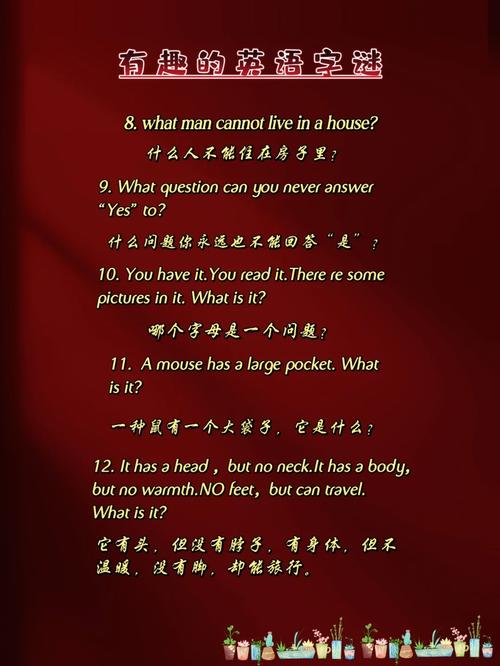What Does OM Stand For?
OM, a term that has intrigued and mystified many, is a symbol that holds significant importance in various cultures and spiritual practices. In this article, we delve into the origins, meanings, and uses of OM, exploring its multifaceted significance.
Origins of OM
The symbol OM has its roots in ancient India, where it is considered to be one of the oldest mantras. It is believed to be the primordial sound from which the universe emerged. The word “OM” is derived from the Sanskrit language and is pronounced as “AUM” or “Aaahm” in its vocal form.

Meanings of OM
OM is a powerful symbol that carries multiple meanings and interpretations. Here are some of the key meanings associated with OM:
- Creation and Destruction: OM is often associated with the creation and destruction of the universe. The “A” sound represents creation, the “U” sound represents preservation, and the “M” sound represents destruction.
- Divinity: OM is considered to be the sound of the divine. It is believed to be the essence of the universe and the source of all existence.
- Universal Truth: OM is seen as a representation of the ultimate truth and reality. It is believed to be the sound of the infinite and the eternal.
- Healing Power: OM is considered to have healing properties. It is often used in meditation and yoga practices to promote relaxation and well-being.
Symbolism of OM
The OM symbol is a combination of three curves and a dot. Each part of the symbol has its own significance:
- The Upper Curve: Represents the infinite sky and the universe.
- The Middle Curve: Represents the earth and the human body.
- The Lower Curve: Represents the water and the subconscious mind.
- The Dot: Represents the absolute reality, the self, or the soul.
OM in Different Cultures
OM is not limited to Hinduism and Buddhism; it has also found its way into other cultures and spiritual practices:
- Hinduism: OM is considered to be the most sacred sound in Hinduism. It is used in prayers, rituals, and meditation.
- Buddhism: OM is a significant symbol in Buddhism, representing the Buddha’s teachings and the path to enlightenment.
- Jainism: OM is used in Jainism to invoke the divine presence and to express devotion.
- Yoga: OM is an integral part of yoga practice, used to focus the mind and promote spiritual awareness.
OM in Modern Times
In today’s world, OM has gained popularity beyond its traditional spiritual context. It is often used in various forms of meditation, mindfulness practices, and even in music and art. Here are some modern uses of OM:

- Meditation: OM is used as a mantra in meditation to help focus the mind and achieve a state of inner peace.
- Yoga: OM is chanted at the beginning and end of yoga sessions to signify the union of the body, mind, and spirit.
- Music: OM is incorporated into music as a way to create a sense of tranquility and harmony.
- Art: OM is used as a design element in various forms of art, symbolizing the infinite and the divine.
Conclusion
OM, a simple yet profound symbol, holds immense significance in various cultures and spiritual practices. Its origins, meanings, and uses have evolved over time, but its essence remains the same: a representation of the divine, the ultimate truth, and the infinite.
| Origin | Meaning | Symbolism |
|---|---|---|
| India | Creation, destruction, divinity, universal truth, healing power | Upper curve: Infinite sky,
Back To Top
|




